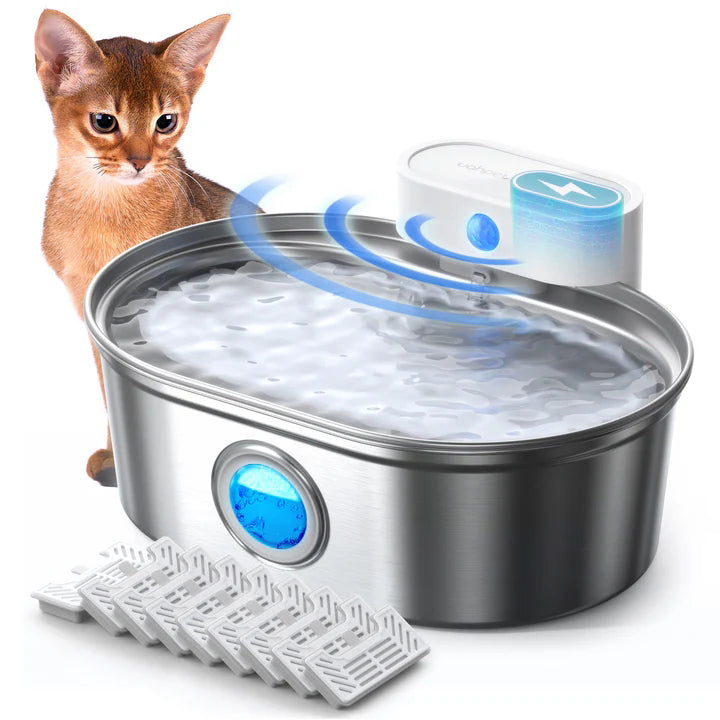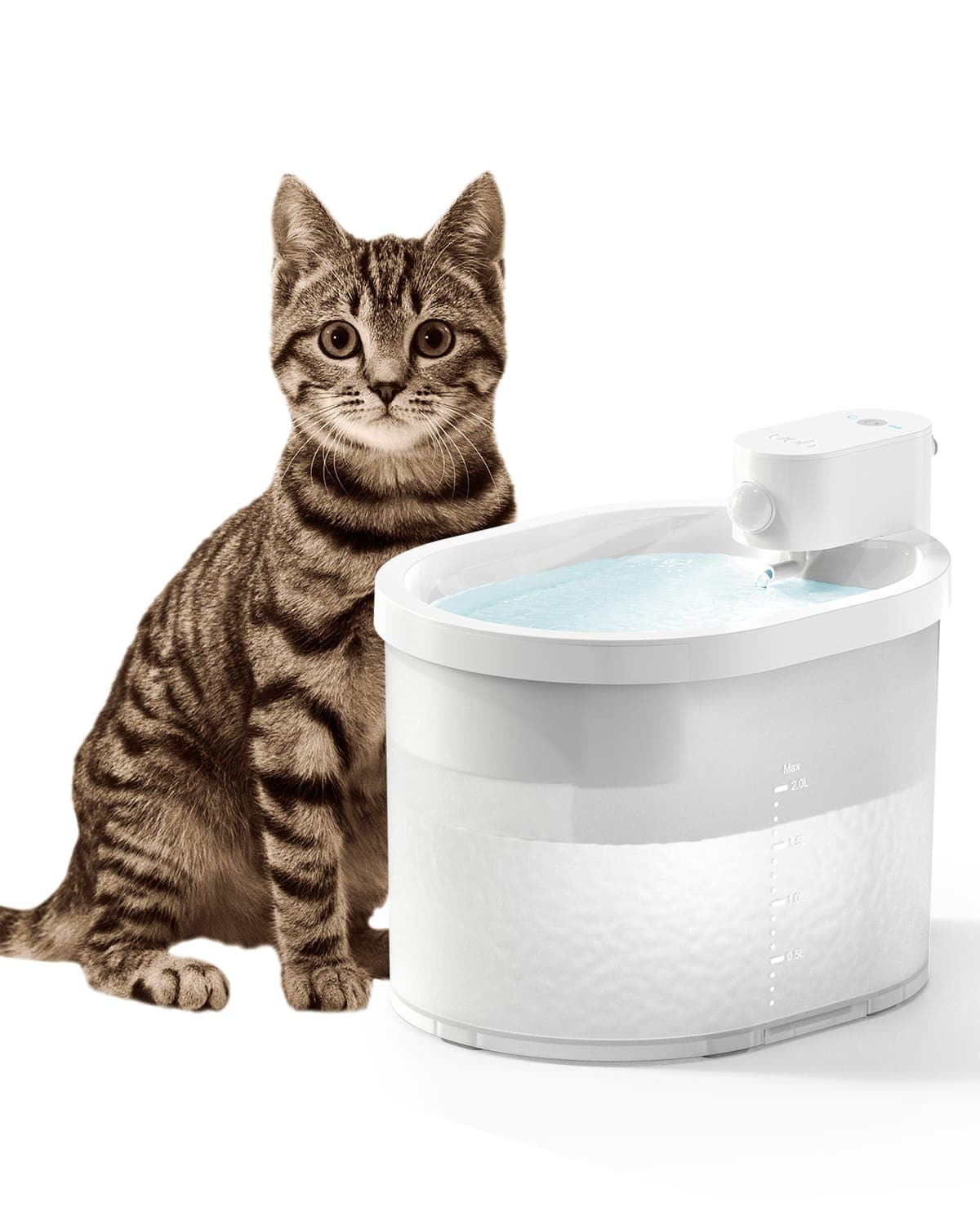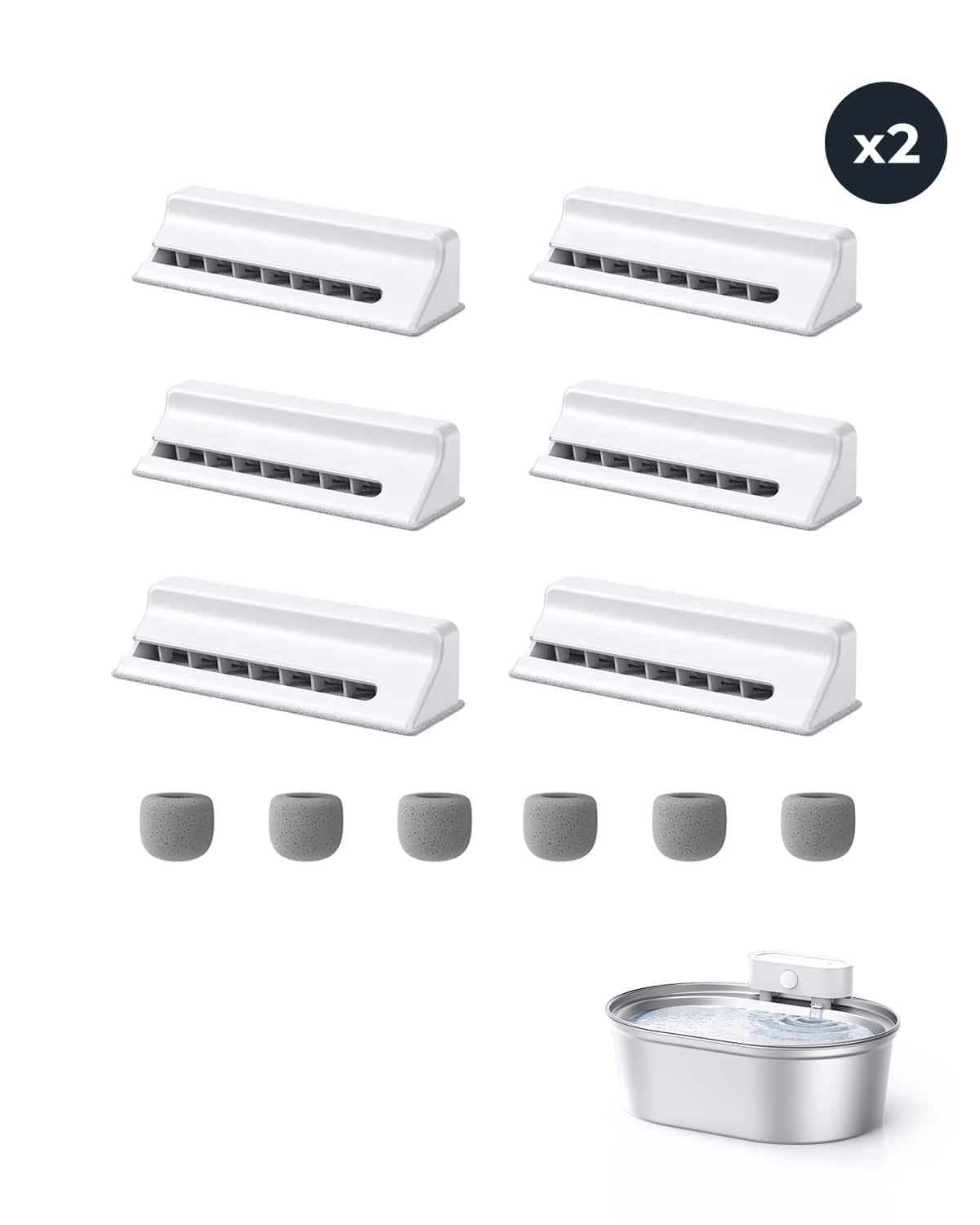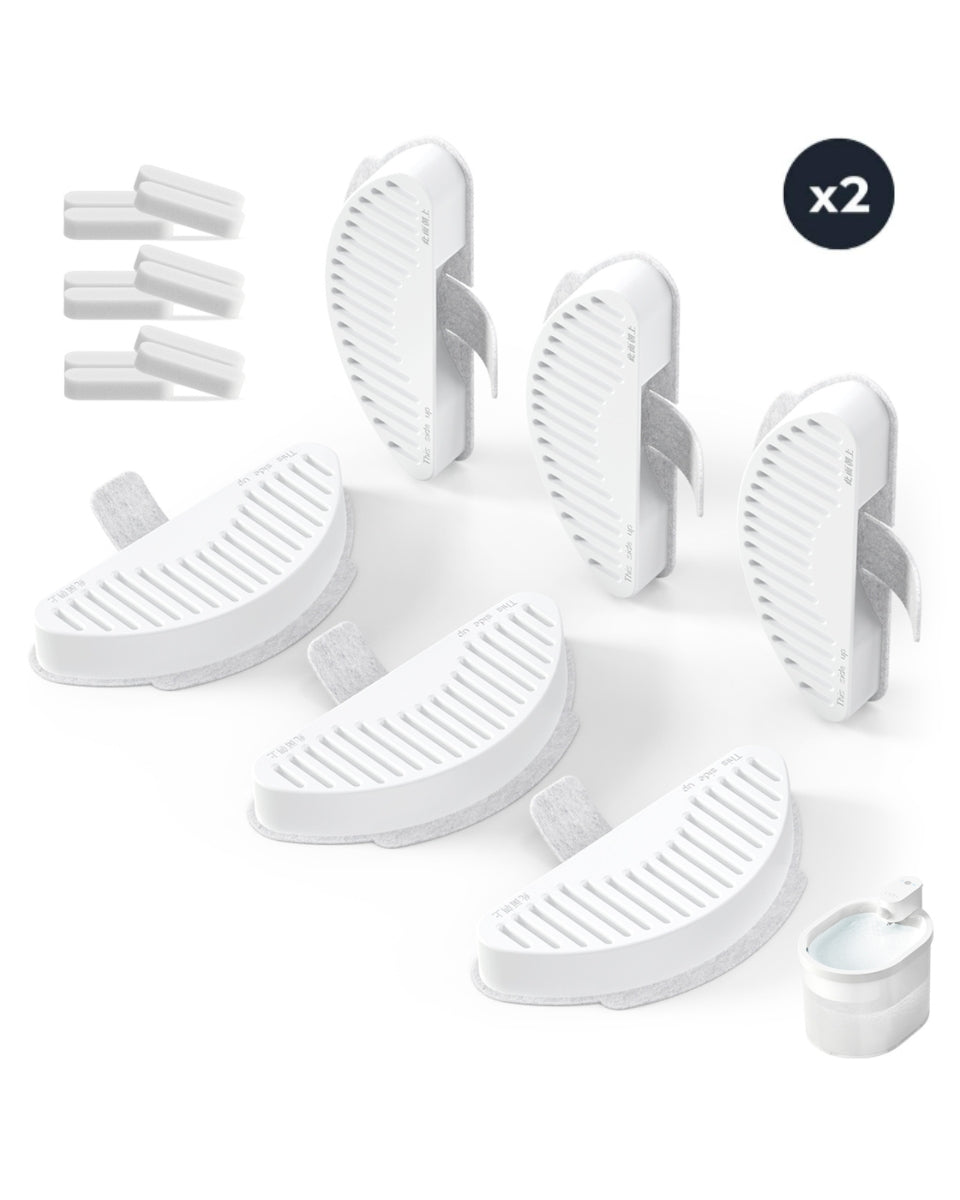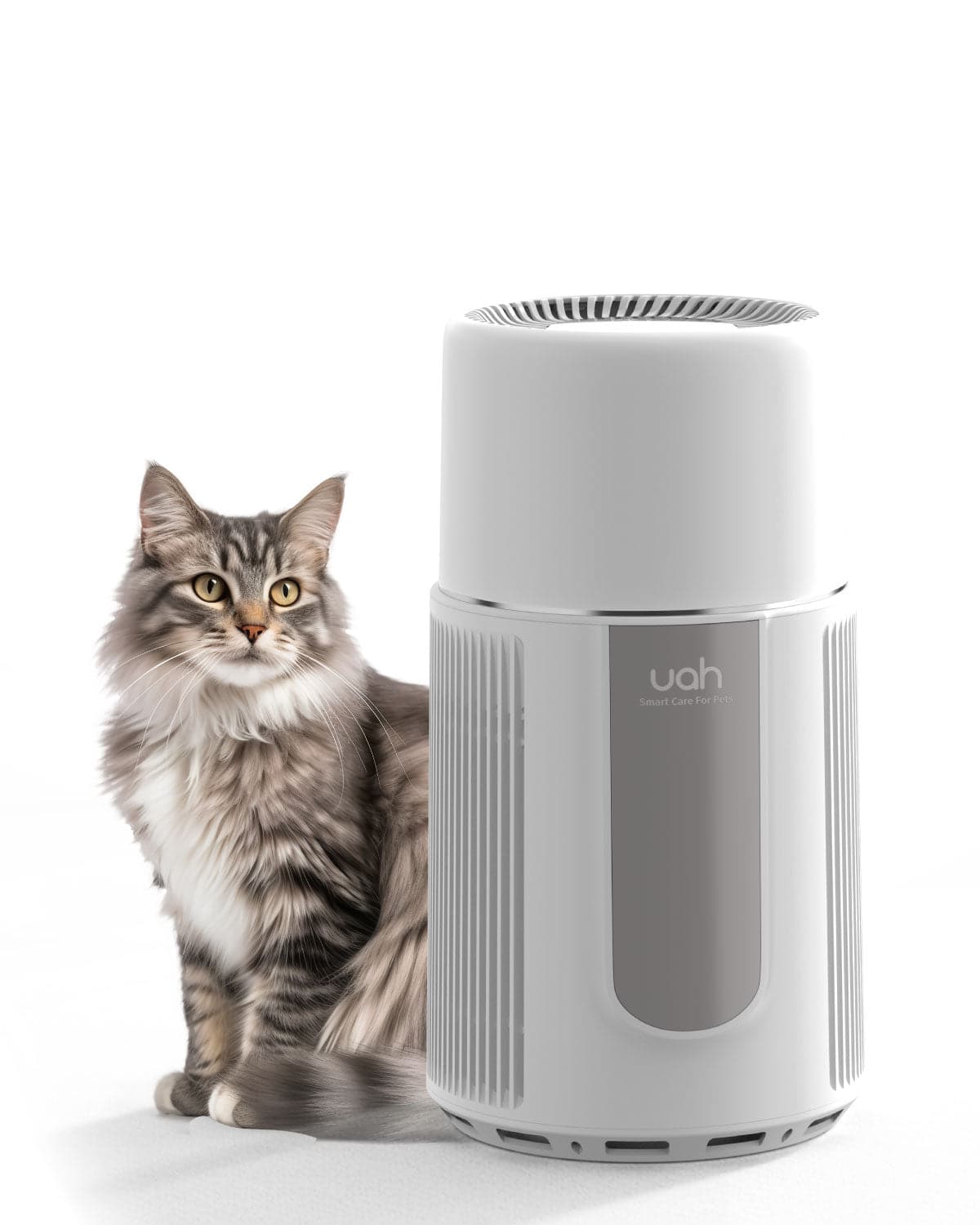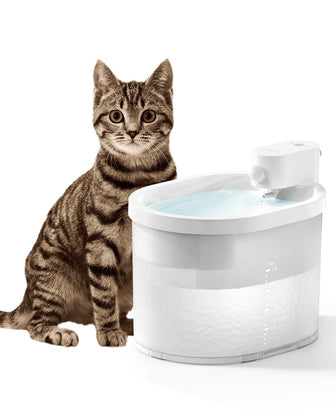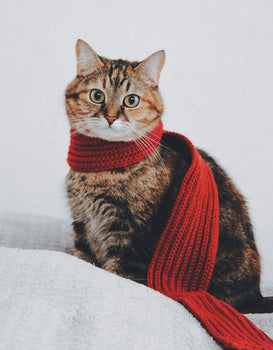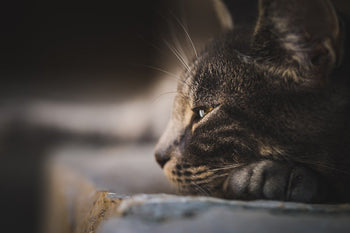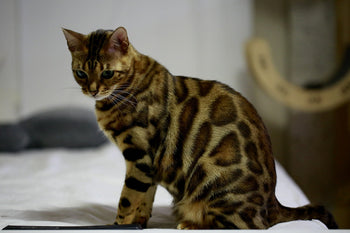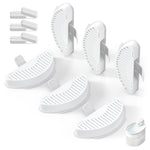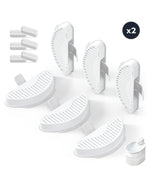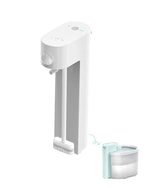Cats are known for their ability to reproduce quickly and frequently. However, many cat owners wonder how many kittens their feline friend can have in a single litter. Understanding feline reproduction is essential to answer this question accurately.
Factors such as the cat's age, breed, and health can affect litter size. Additionally, environmental factors such as nutrition and stress can also play a role. By understanding these factors, cat owners can better predict how many kittens their cat may have in a litter.
How Many Kittens Can a Cat Have: A Guide to Feline Litter Sizes

Key Takeaways
Litter size can vary based on factors such as the cat's age, breed, health, and environment.
On average, cats can have between one and eight kittens in a litter.
Understanding feline reproduction is essential to predicting litter size accurately.
Understanding Feline Reproduction
Reproductive Cycle of Cats
Cats are seasonally polyestrous, meaning they can go into heat multiple times a year. The reproductive cycle of a cat is triggered by the length of daylight and can vary based on factors such as age, health, and breed. The cycle consists of four stages: proestrus, estrus, metestrus, and anestrus.
During proestrus, the female cat's body prepares for mating by releasing pheromones and becoming more vocal and active. Estrus is the mating phase, during which the female cat is receptive to the male and may engage in mating behavior. If fertilization occurs, the female enters metestrus, during which the fertilized eggs travel to the uterus and begin to develop. Finally, during anestrus, the female's reproductive system rests and prepares for the next cycle.
Sexual Maturity in Cats
Cats reach sexual maturity at different ages depending on their breed and individual development. Generally, female cats can begin to go into heat as early as 4 months old, while male cats may begin to produce sperm at around 5 months old. However, it is recommended to wait until cats are at least 6 months old before allowing them to breed, as they are not fully developed and may experience complications during pregnancy and delivery.
Mating Process and Fertilization
The mating process in cats involves the male mounting the female and penetrating her with his penis. This stimulates ovulation in the female, and the eggs are released into the reproductive tract. Fertilization occurs when sperm from the male combines with the eggs in the female's reproductive tract. The fertilized eggs then travel to the uterus and implant in the uterine wall, where they will develop into kittens.
It is important to note that cats can mate with multiple partners during a single heat cycle, which can result in a litter of kittens with different fathers. Additionally, cats can become pregnant again shortly after giving birth, which can result in multiple litters in a single year.
Factors Affecting Litter Size
Influence of Breed and Genetics
The breed and genetics of a cat can play a significant role in determining litter size. Some breeds are known to have larger litters than others. For example, Siamese and Persian cats are known to have larger litters than other breeds. Genetics also play a role in determining litter size. If a cat's parents had large litters, it is more likely that the cat will also have larger litters.
Age and Health Impacts
The age and health of a cat can also affect litter size. Younger cats tend to have smaller litters, while older cats may have larger litters. Additionally, cats that are in poor health may have smaller litters. It is important for cat owners to ensure their cats are in good health before breeding.
Environmental Factors
Environmental factors can also impact litter size. Stressful environments can lead to smaller litters, while comfortable and safe environments can lead to larger litters. It is important for cat owners to provide a comfortable and stress-free environment for their cats during breeding.
Overall, it is important to consider these factors when breeding cats to ensure the health and well-being of both the mother and her kittens.
Average Litter Size and Variations
Statistics on Litter Sizes
The average litter size for a cat is around 4-6 kittens. However, this can vary greatly depending on the age, breed, and health of the mother cat. Some cats may have litters as small as one or two kittens, while others may have litters as large as 10 or more.
According to the American Society for the Prevention of Cruelty to Animals (ASPCA), the largest recorded litter size for a cat is 19 kittens. This is an extremely rare occurrence and is not typical for most cats.

Range of Litter Sizes
The range of litter sizes for cats can vary widely. As mentioned, the average litter size is around 4-6 kittens, but some cats may have litters as small as one or two kittens, while others may have litters as large as 10 or more.
Factors that can affect litter size include the age of the mother cat, her overall health, and the breed of the cat. For example, some breeds, such as the Siamese, are known to have smaller litters, while others, such as the Maine Coon, are known to have larger litters.
Variations Among Breeds
Different cat breeds can have varying litter sizes. For example, the average litter size for a Siamese cat is around 4 kittens, while the average litter size for a Maine Coon is around 6 kittens.
Other factors that can affect litter size among breeds include the cat's size, age, and overall health. It's important to note that while breed can play a role in litter size, it is not the only determining factor.
Conclusion
Based on the research conducted, it is clear that the number of kittens a cat can have varies depending on several factors. The breed, age, and health of the cat all play a role in determining the size of a litter. Additionally, external factors such as nutrition and stress can also impact litter size.
It is generally accepted that cats can have litters ranging from one to twelve kittens, with the average being around four to six. However, it is important to note that larger litters can increase the risk of complications during birth and may require additional care from the owner.
Overall, it is important for cat owners to be aware of the potential for large litters and to provide proper care and attention to both the mother and kittens during and after birth. By doing so, owners can help ensure the health and wellbeing of their feline companions.
Frequently Asked Questions
What is the typical litter size for a first-time mother cat?
The typical litter size for a first-time mother cat is around three to four kittens. However, some cats may have smaller or larger litters, depending on various factors such as age, breed, and health.
Over their lifetime, how many kittens might a cat potentially give birth to?
A cat can potentially give birth to hundreds of kittens over her lifetime, depending on how many litters she has and how many kittens are in each litter. On average, a cat can have up to three litters per year.
Is it possible to predict the number of kittens in a litter based on the mother cat's nipples?
No, it is not possible to predict the number of kittens in a litter based on the mother cat's nipples. The number of nipples a cat has does not necessarily correspond to the number of kittens she will have.
What is the average survival rate of kittens within a single litter?
The average survival rate of kittens within a single litter is around 75%. However, this can vary depending on various factors such as the mother cat's health, the quality of care provided to the kittens, and any genetic or environmental factors that may affect their health.
How long does a typical cat pregnancy last?
A typical cat pregnancy lasts around 63 to 65 days, or roughly nine weeks. However, this can vary depending on various factors such as the mother cat's age, health, and breed.
Is it feasible for a cat to give birth to 13 kittens in one litter?
While it is possible for a cat to give birth to 13 kittens in one litter, it is relatively rare. Most cats have litters of around three to six kittens, with larger litters being less common. The size of a litter can be influenced by various factors such as the mother cat's health, genetics, and environment.

